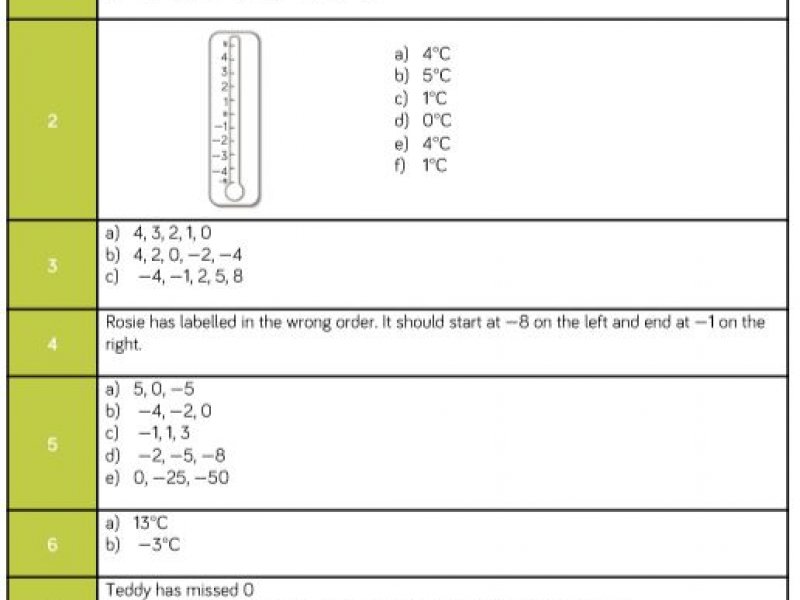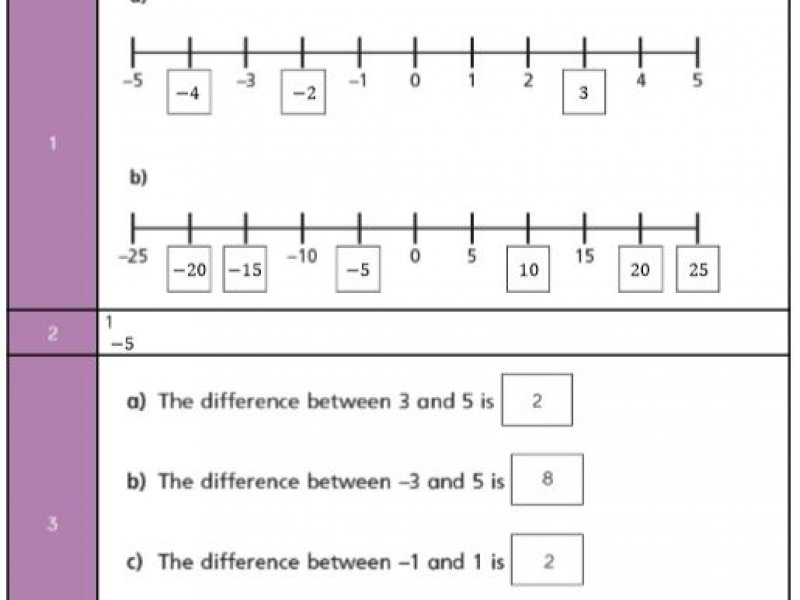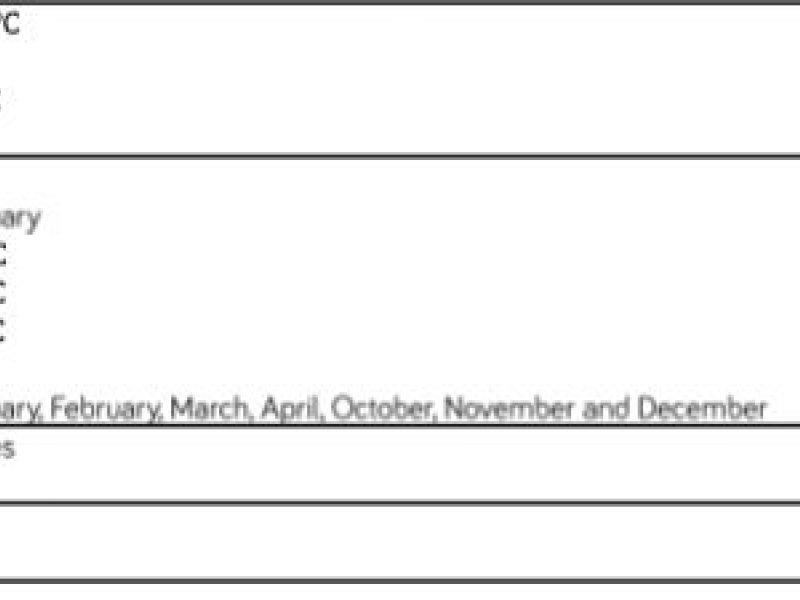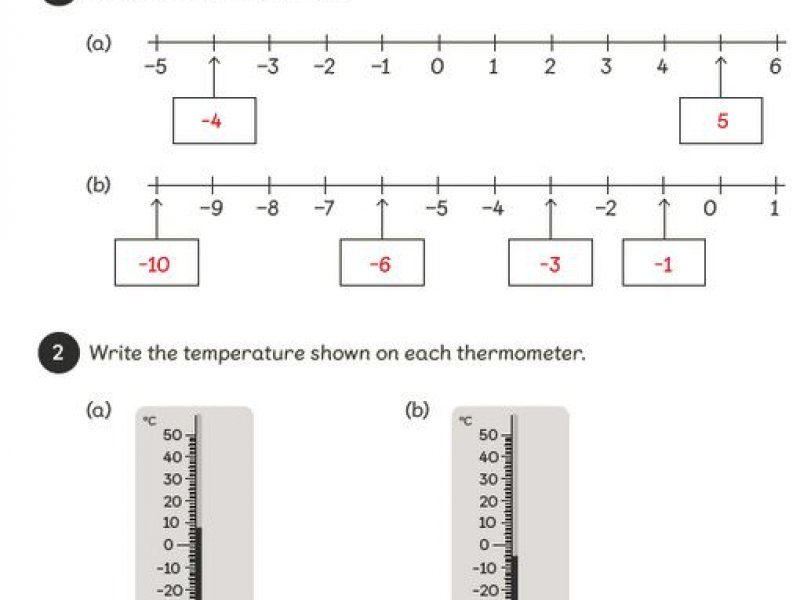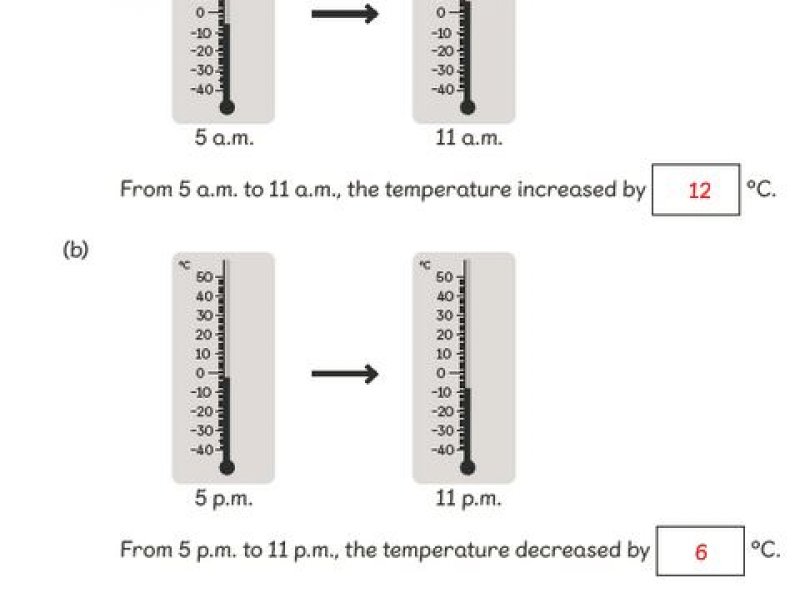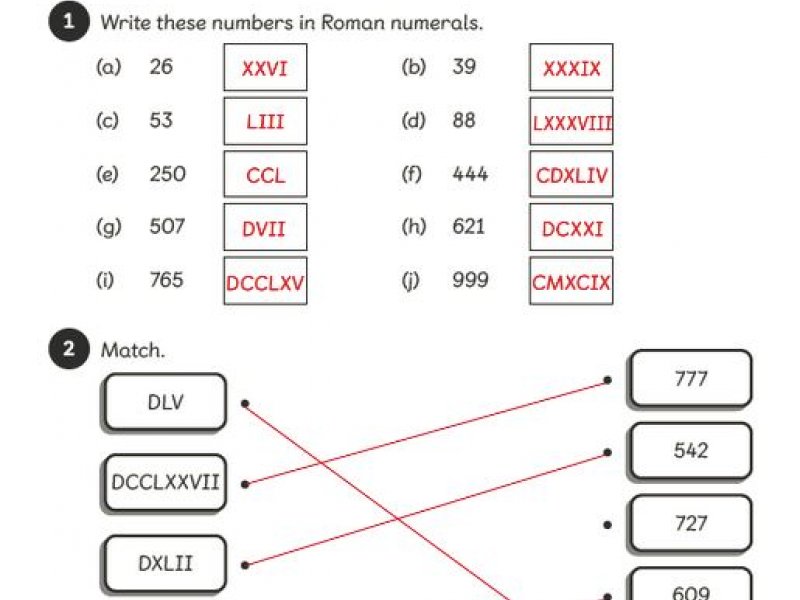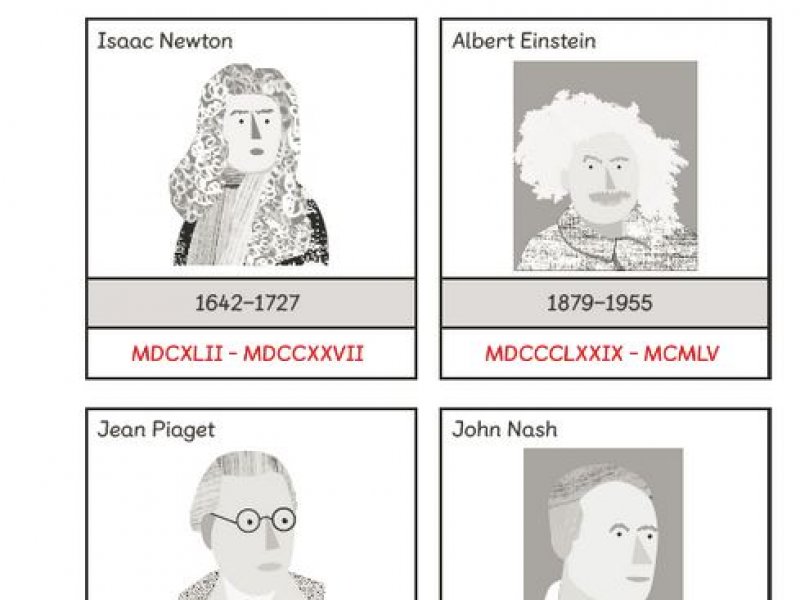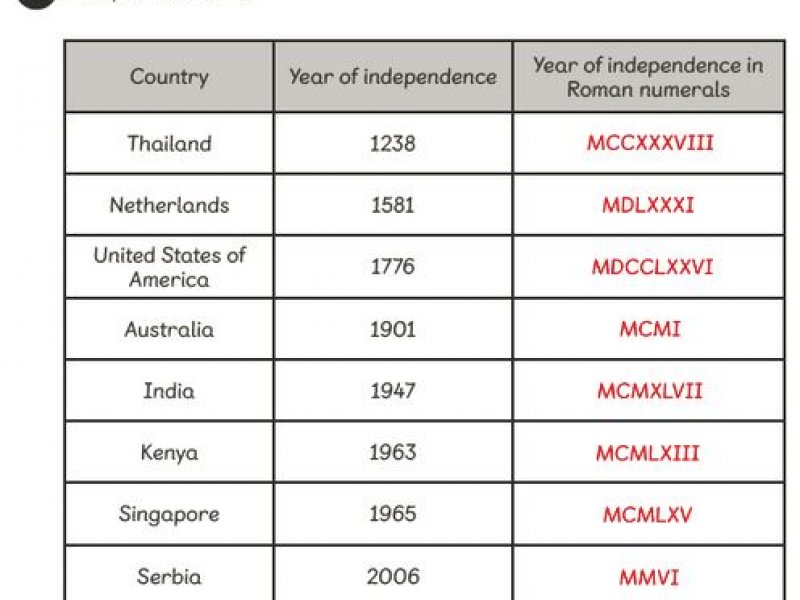Good morning everybody, here are your tasks for today:
Maths
Mental Arithmetic: Rounding to the nearest 10, 100 or 1000.
First, please visit this BBC Bitesize video and game to quickly remind yourselves how to round.
Today we will be focusing on rounding to the nearest 1000. Remember, you will need to think of the two mulitples of 1000 either side of a given number and if that given number is half way or more between those two mulitples, it rounds up; if it is less than halway, it rounds down.
Then I would like you to visit this game and have a go at rounding the given numbers to the nearest 1000. You need to type your rounded answer into the box on the right and press enter. After 1 minute the game will stop and you will be given your score. You can reset the game by clicking the R icon at the bottom left hand side of the screen. Good luck and let me know how you get on!
Maths No problem: Chapter 11 – Measurements
Lesson 14: Telling the temperature
In Focus: Discuss, where are these places? Where are they in relation to the UK? What unit of measurement do we use when measuring temperature?
Let’s Learn: Discuss how the temperature in Berlin is the warmest. Is this correct? What is the temperature in Berlin? Is it above 0 degrees Celsius? Which temperature is the next warmest? Discuss how Warsaw comes next and is 0 degrees Celsius. Is Riga colder or warmer than Warsaw? By how many degrees? Can we draw a number line to show this? Next, draw a number line for Stockholm. What range will we need? What is colder: –3 or –10? If 10 is greater than 3, –10 must be colder. Is this correct?
Guided Practice: Your child will need to complete a number line bridging through zero from negative into positive temperatures. They need to understand that negative numbers used to measure temperature increase as they get colder and are represented with a minus symbol preceding them. They need to be able to read temperature gauges to the nearest degree and find the difference between two water levels.
Workbook: Please complete worksheet 14, pages 125 – 126
English
Reading: Well done to those of you who are reading widely and completing quizzes, keep reading for at least 20 minutes a day and regularly complete quizzes for the books you have read.
If you have a Lexia account, please log on and complete at least 15 minutes a day.
It is so important to continue and keep up with your reading Year 5, please try to read either to yourself or to another member of your household every day.
Writing: Today I would like you to watch the video below. It is called the ‘The Rocketeer’ and it is an animation remake in honour of a 1991 film.
The animation is set during WW2 and features a young boy who dreams of flying. One day the peace of this small farming community is shattered by a police chase. A tragedy is on the cards but luckily ‘The Rocketeer’ was on hand to save the day!
Your writing task today is to recount the events in the film in the first person from the point of view of either the boy or the bad guy.
Using our work on prepositions and adverbials you can include specific details and facts to recount the events clearly and in order.
It may help to watch through the video a few times and note down in bullet points the key events as they happen so you have some details to work from.
Remember to be imaginative with your vocabulary Year 5 and keep those sentence starters varied!
Topic – History
This week we are going to think a little more about local famous landmarks in and around Weymouth and what it may have been like to be at these landmarks at key events in time.
Please have a look through the photographs below and read the captions attached to them.
Your task this week is to choose one and write a diary entry as if you were one of the people spectating in the photograph. You could include in your diary entry information on what you did that day, where you went, who with, what you were wearing, the weather, what you saw, how it felt, what you think may happen next and anything else you think a person of that time may recount in a personal diary.
I know how creative you all are Year 5 and how engaged you are in this project and I am really excited to see your diary entries and your empathy for local people in the past!
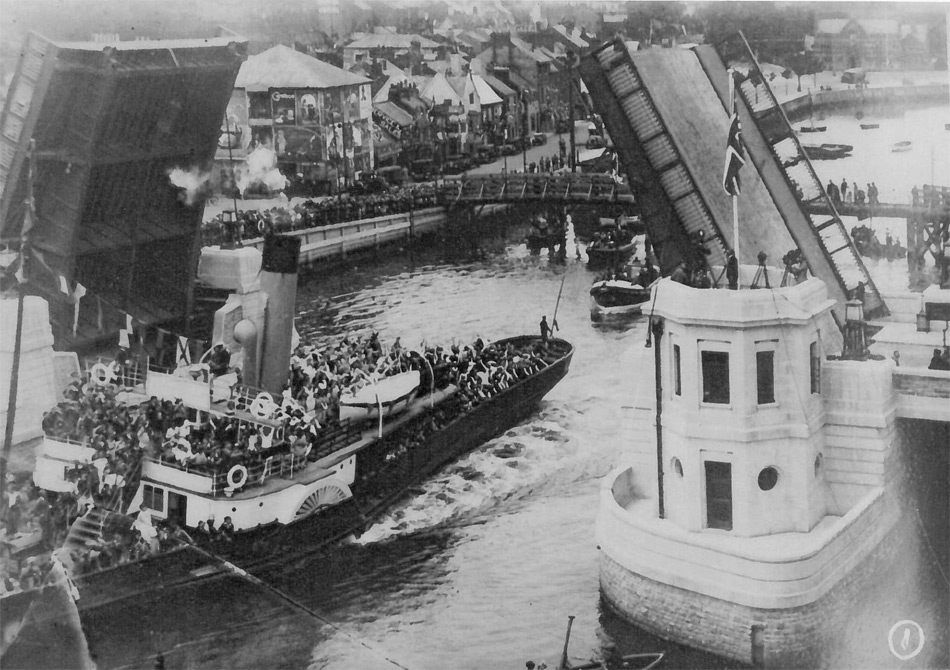
The Town Bridge as we know it today was opened in 1930 by the Duke of York, later to become King George VI. It joined the two rival townships of Melcombe Regis and Weymouth and enabled traffic, commerce and residents to move freely between the two.
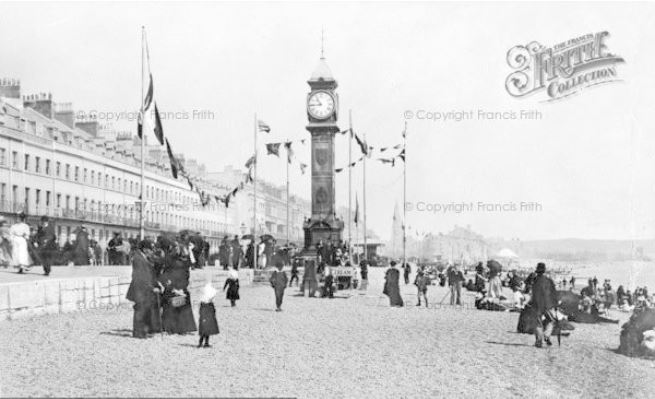
Weymouth’s Jubilee Clock was built in 1888 to commemorate Queen Victoria’s Golden Jubilee, 50 years of reign as Queen of England. This photo shows the clock in 1889 on a typical summer day, not unlike modern times!

On the afternoon of the 13th of April 1954 disaster struck Weymouth Pavilion with the building catching fire during refurbishment. The wooden, Edwardian theatre took little more than an hour to burn despite the efforts of ten fire pumps from around the county. Practically the whole of Weymouth turned out to watch the Pavilion burn down.
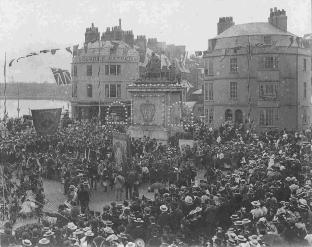
As a tribute to King George III, the Kings Statue was unveiled in 1809, 50 years after his ascension to the throne. This photo shows the celebrations of Queen Victoria’s Diamond Jubilee, 60 years on the throne, by the King’s Statue in 1897.
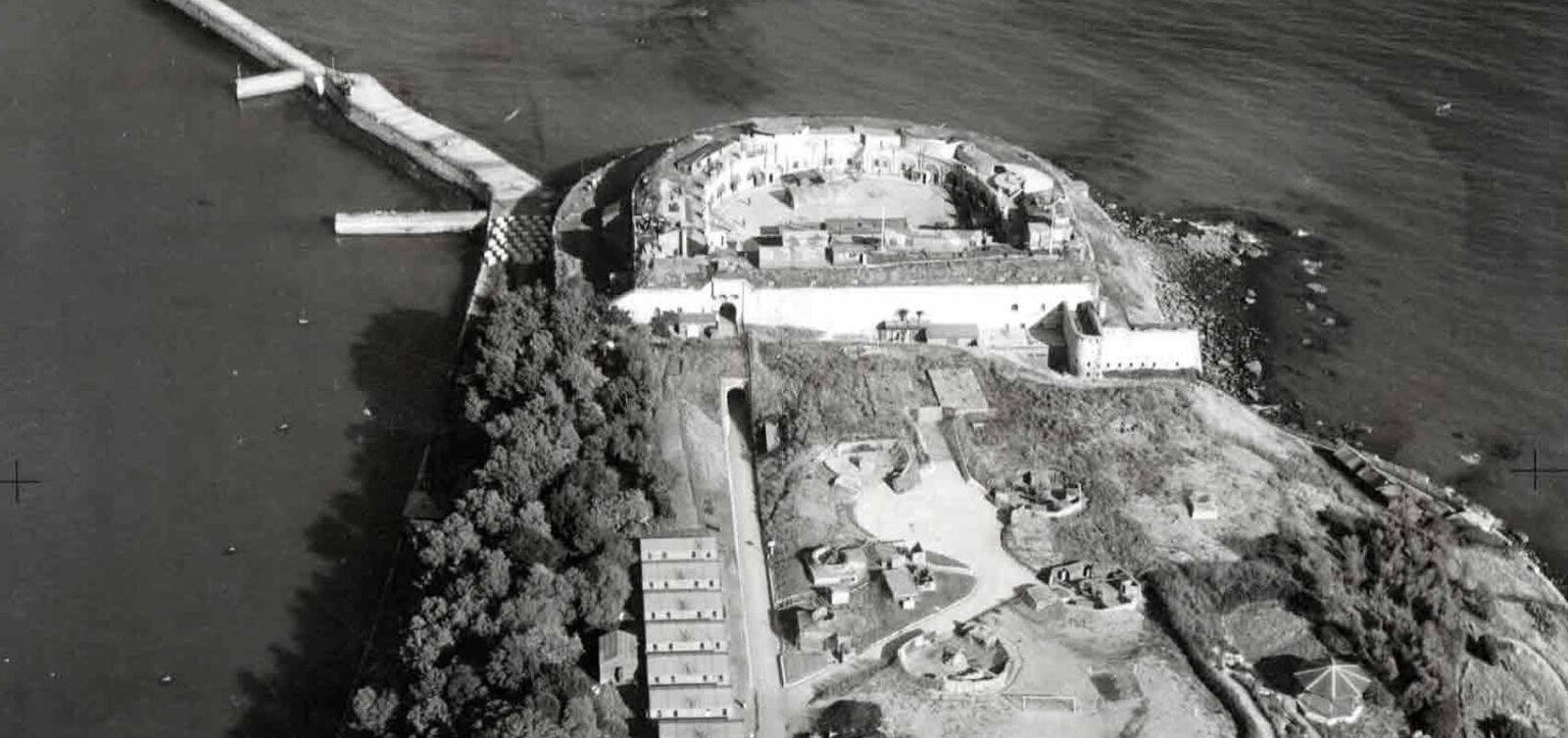
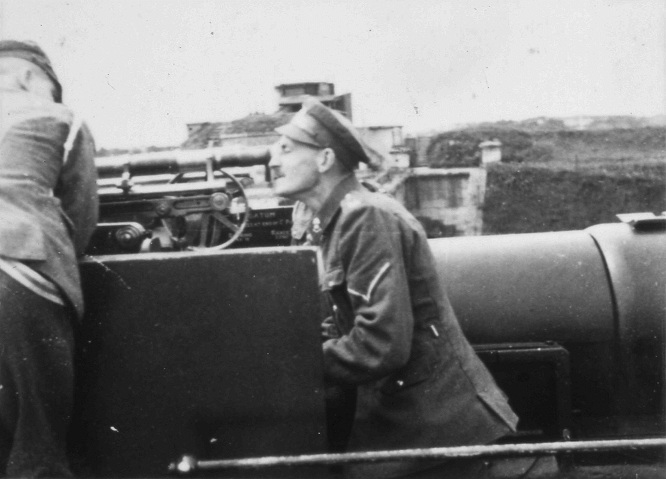
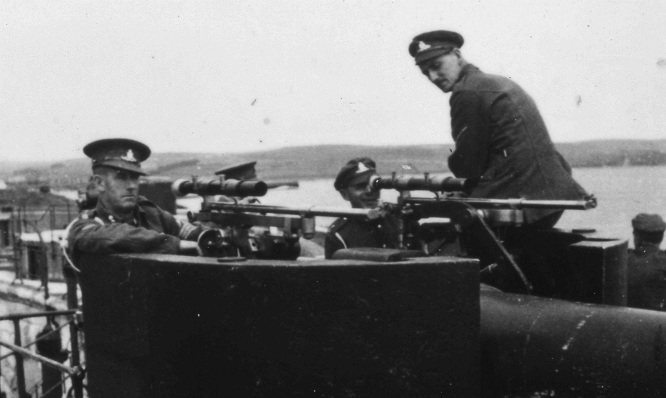
Weymouth Nothe Fort was built between 1860-1872 to protect the Naval Harbour at Portland. It saw it’s most military action during World War 2 when anti-aircraft guns were used to defend Weymouth and Portland. Here you can see the anti-aircraft gunners manning the guns.




